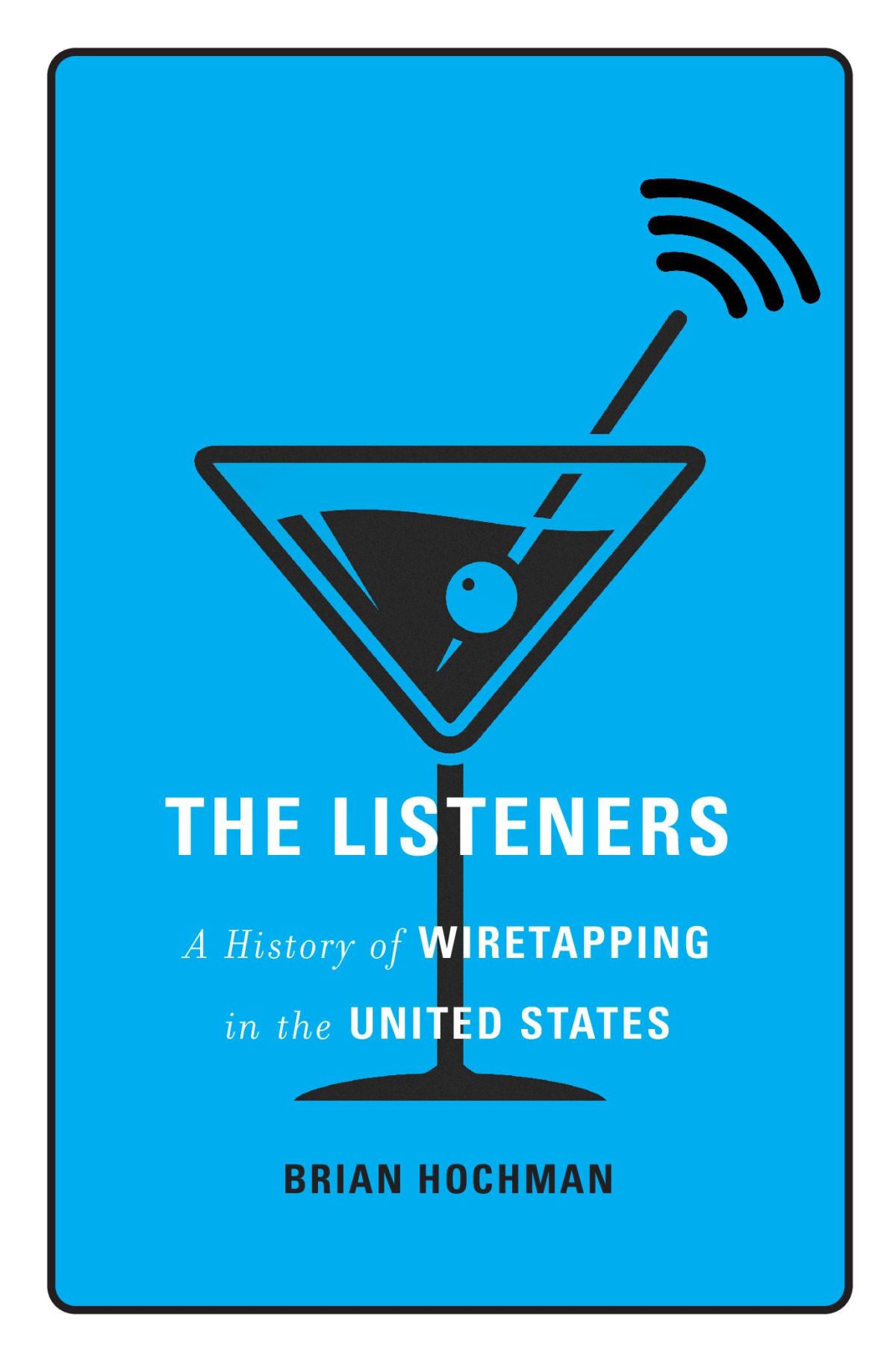Wiretapping has a longer history than current battles over privacy and surveillance would appear to suggest. Today the national debate is focused on the unique challenges to privacy that the digital age presents, making it easy for government agencies and corporate conglomerates to monitor the things we say and the data we produce. But Americans were already worried about the dangers of wiretapping in the 19th century, when petty crooks and con artists began to take advantage of the nation’s new dependence on telegraph communications.
The original wiretappers were military men who perfected the tricks of their trade during the Civil War, the first armed conflict in which the use of electronic communications proved decisive. To intercept the enemy’s messages was a relatively simple affair—a mere matter of cutting into a telegraph wire and attaching a fine copper extension line to the exposed cable. Confederate wiretapper George “Lightning” Ellsworth was reputed to be able to place both ends of a severed telegraph line against his tongue and “read” the incoming electrical signals as they pulsed through his mouth.
Wartime wiretappers were celebrated for their courage, ingenuity and bravado. But anyone with the right tools and a cursory knowledge of telegraph signaling could install a wiretap, and in the years after, there was a rash of criminal wiretapping cases in New York City and Washington, D.C. These “lightning stealers,” as the legendary detective Allen Pinkerton called them, ranged from amateur tinkerers with a flair for electronics to corrupt signal operators with paying jobs in the telegraph industry.
The stock market was the new wiretapper’s earliest arena of criminal activity, an unwelcome byproduct of the telegraph’s sudden importance to the workings of the American economy. Two main technological innovations had strengthened the relationship between telegraphy and commerce. The first was the telegraph ticker, invented in 1867. These mechanical devices transmitted commercial price quotations in real time, forerunners to the modern-day stock tickers that scroll on the sides of skyscrapers in New York City.
The second innovation was the quadruplex, a device invented by Thomas Edison in 1874 and shortly thereafter acquired by Western Union, the nation’s largest telegraph carrier. The quadruplex dramatically expanded the bandwidth of commercial telegraph services by allowing a wire to carry four signals at once. Western Union soon began providing exclusive services to financial houses, contrary to a longstanding industry policy against the leasing of private lines.
The U.S. economy’s new dependence on electronic information at times left markets vulnerable to criminals with knowledge of the telegraph system. The telegraph wires leading to and from commercial houses were easy to tap—as in the 1867 case of George Crowdrey, a former Civil War signal clerk who embarked on an elaborate plot to divert corporate cables and supply the intercepted intelligence to a group of Chicago businessmen.
